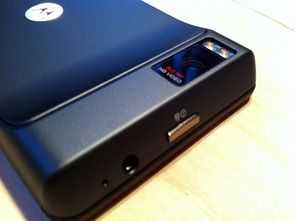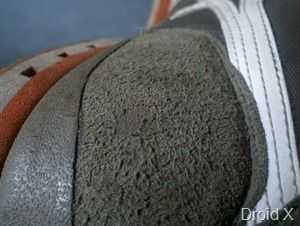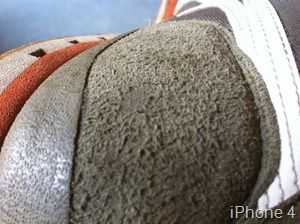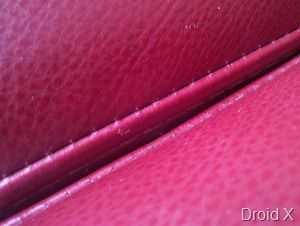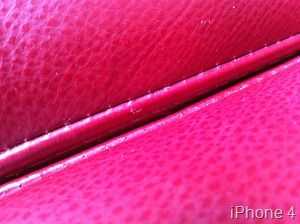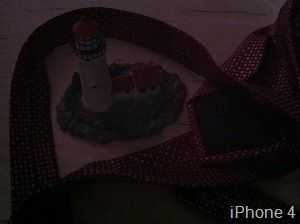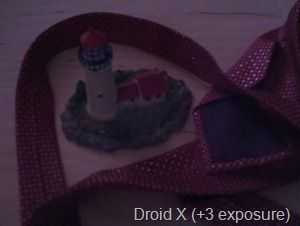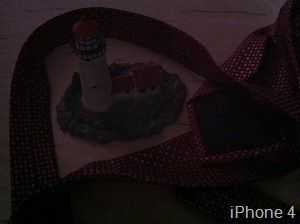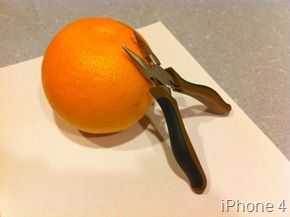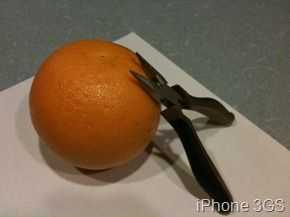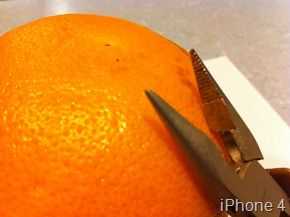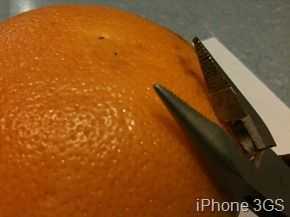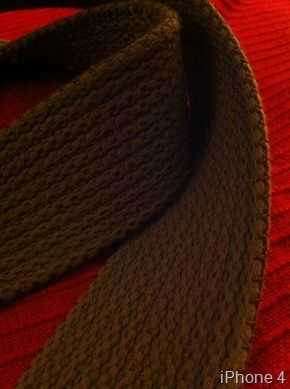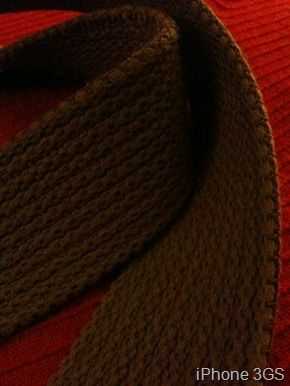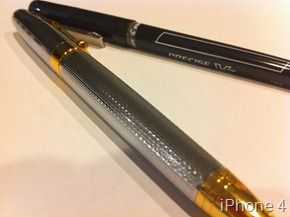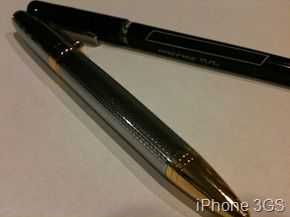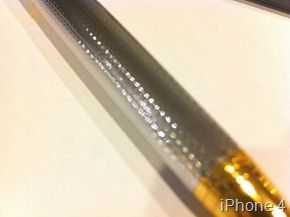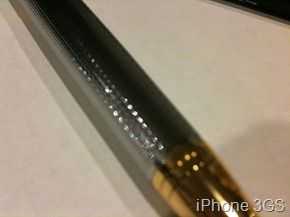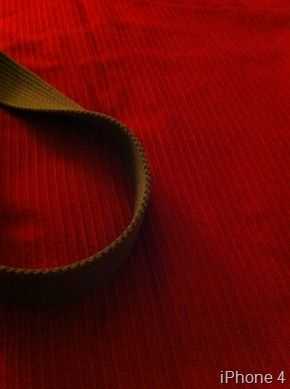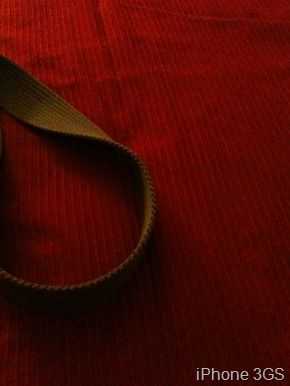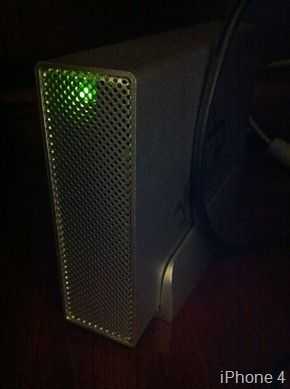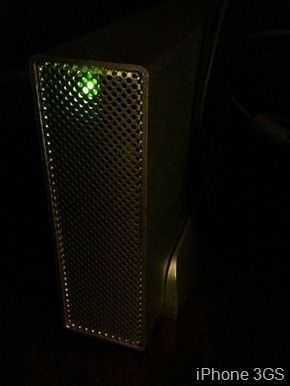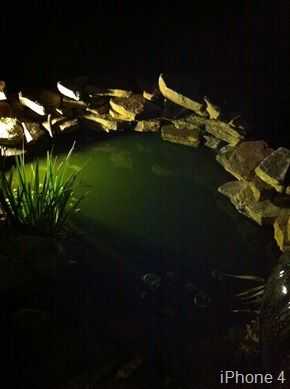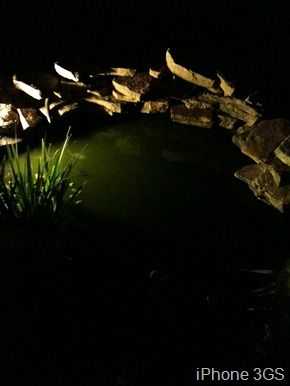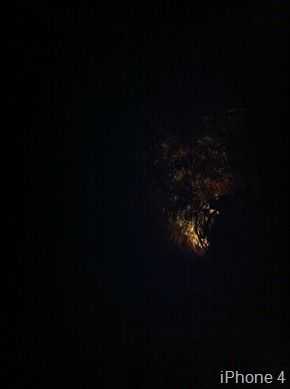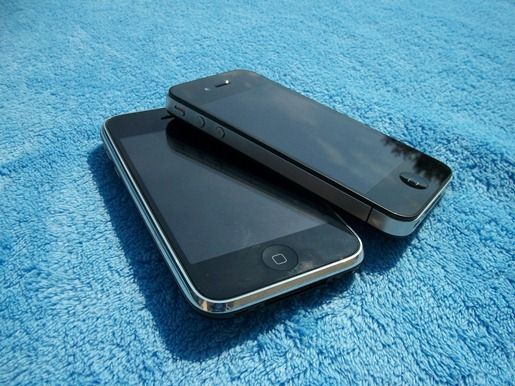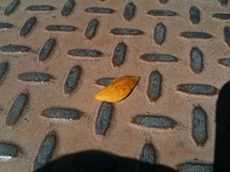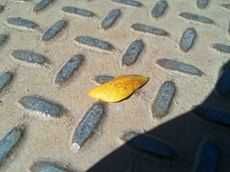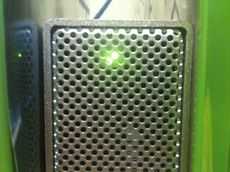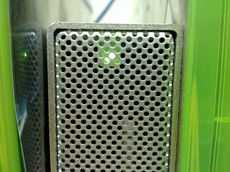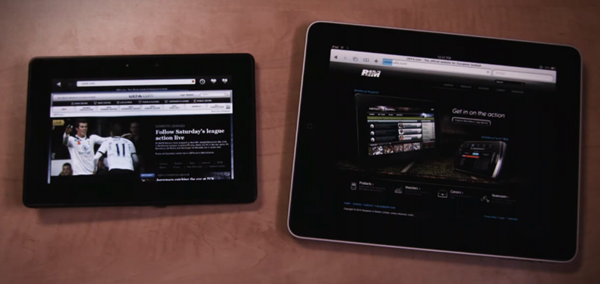 RIM has posted an official video on their BlackBerry YouTube channel and does a brief web browsing comparison with the PlayBook [tracking page] and iPad [tracking page] side-by-side. It’s good to see the PlayBook in the flesh rather than as a pre-rendered animation as it’s been seen up until now. Naturally, the BlackBerry PlayBook blows the iPad out of the water (otherwise they wouldn’t have shown it). But like a movie trailer, videos like this can make something look much better than it actually is. I’m not saying the PlayBook doesn’t appear to be performing well, but they were obviously selective about their tests. Check out the video below:
RIM has posted an official video on their BlackBerry YouTube channel and does a brief web browsing comparison with the PlayBook [tracking page] and iPad [tracking page] side-by-side. It’s good to see the PlayBook in the flesh rather than as a pre-rendered animation as it’s been seen up until now. Naturally, the BlackBerry PlayBook blows the iPad out of the water (otherwise they wouldn’t have shown it). But like a movie trailer, videos like this can make something look much better than it actually is. I’m not saying the PlayBook doesn’t appear to be performing well, but they were obviously selective about their tests. Check out the video below:
Tag Archive | "comparison"

BlackBerry Playbook Goes up Against the iPad on Video
Posted on 16 November 2010
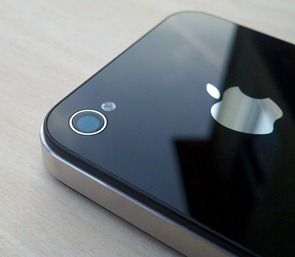
Detailed iPhone 4 vs. Droid X Camera Comparison
Posted on 27 September 2010
While I dropped some test images and videos comparing the iPhone 4 and Droid X myself, I wanted to highlight and article over at tnkgrl Mobile which has more comparison info and a detailed write-up of the strengths and weaknesses in the cameras of each phone. If you are looking for a phone with a good camera, you are definitely looking in the right direction with the Droid X and iPhone 4, but between those two, finding which one fits you might just depend on which type of user you are.
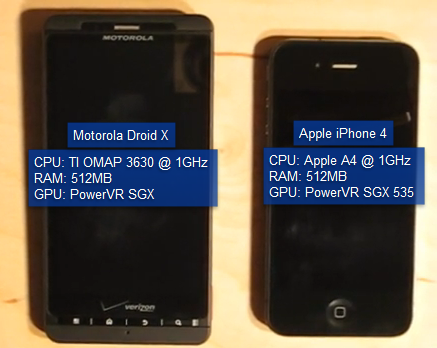
Droid X vs. iPhone 4 – Speed Test
Posted on 08 August 2010
Sunspider Javascript Benchmark
I ran the Sunspider javascript benchmark on both devices. While the benchmark is quite dependent on browser performance, it is also an indicator of CPU ability, as well as a cross-platform benchmark, allowing us to compare both the iPhone 4 and Droid X from a more objective perspective. I used the default browser on each phone for the test.
On average, the iPhone 4 was 1.3x as fast the Droid X (click to view detailed test results):
(smaller ms is better)
Droid X Total: 13,511.2 ms +/- 1.2%
iPhone 4 Total: 10,401.4 ms +/- 1%
I also gave the Sunspider benchmark a try using a different browser than Android’s default. I used Dolphin Browser HD to run the test and actually resulted in a slower score (around 16,000 ms).

Droid X vs. iPhone 4 – Speed Test
Posted on 08 August 2010
Sunspider Javascript Benchmark
I ran the Sunspider javascript benchmark on both devices. While the benchmark is quite dependent on browser performance, it is also an indicator of CPU ability, as well as a cross-platform benchmark, allowing us to compare both the iPhone 4 and Droid X from a more objective perspective. I used the default browser on each phone for the test.
On average, the iPhone 4 was 1.3x as fast the Droid X (click to view detailed test results):
(smaller ms is better)
Droid X – Total: 13,511.2 ms +/- 1.2%
iPhone 4 – Total: 10,401.4 ms +/- 1%
I also gave the Sunspider benchmark a try using a different browser than Android’s default. I used Dolphin Browser HD to run the test and actually resulted in a slower score (around 16,000 ms).
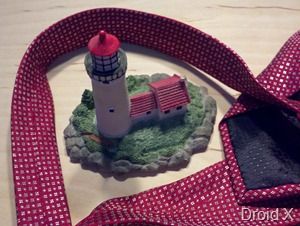
Droid X vs. iPhone 4 Camera Test (video and stills)
Posted on 22 July 2010
While the Droid X [portal page] beats the iPhone 4 [portal page] in a straight-up megapixel to megapixel comparison by 3 megapixels (Droid X’s cam is 8 MP while iPhone 4’s is 5 MP), the iPhone 4 uses a fancy back-illuminated sensor, which enhances it’s ability to capture light, according to Apple.
The Droid X supports 720p HD recording, just as the iPhone 4, and interestingly, the Droid X has a mechanical shutter. The Droid X also has a dedicated two-stage camera button which focuses and captures, as well as a dual-LED flash. The iPhone has a single LED flash. Additionally, the Droid X can upload HD video directly to YouTube, whereas the iPhone 4 has to have the video put onto a computer and uploaded to YouTube for HD quality (Apple plans on updating this at a later time, so it’s a software restriction, not hardware).
Below I’ve taken some shots with both the Droid X and the iPhone 4 for comparison. The videos were both taken from the respective devices and uploaded to YouTube through a computer, just to ensure that no compression was taking place during the phone upload process.
Because this is a camera comparison post, I’ve bumped up the click-through pictures to a larger than usual resolution, so be sure to click on them for a more detailed view.
General
Macro
High Light
Medium Light
Low Light
Low Light (with flash)
Video
If you have a powerful computer and you’d like to watch these videos side-by-side, give this link a try. Slower computers will likely stutter if you try to run both in HD at the same time.
The iPhone has somewhat of an unfair advantage as it has auto-exposure adjustment, while the Droid X requires manual adjustment in the settings menu of the camera app. All pictures taken with the Droid were at an exposure of 0 (it ranges between -3 and +3) but just for comparison’s sake, here is the Low Light Droid X shot with the exposure turned up to +3 along side the same iPhone 4 Low Light shot that you saw above.
It’s hard to say which of the two has a better dynamic range, but the iPhone 4 seems to have more vibrant colors (not necessarily more accurate, however). The iPhone 4’s HD video also looks noticeably better than the Droid X’s in terms of sharpness and framerate, though the Droid X doesn’t seem to focus its camera before shooting HD video which is somewhat odd.

iPhone 4 vs. iPhone 3GS Camera Test, Video and Photos
Posted on 25 June 2010
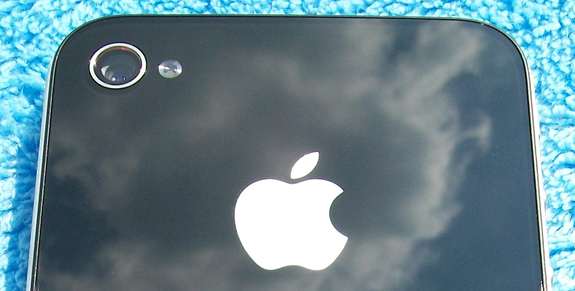 In the keynote that announced the iPhone 4 [Portal page], Steve Jobs told the world that the iPhone 4 features a 5MP camera. A decent bump from the previous iPhone 3GS’s 3.2MP camera, but still a far cry from some of the latest phones out there which are rocking 8MP cameras (see: HTC Incredible). Jobs was quick to also say that the iPhone 4 uses something called a back-illuminated sensor which is designed to capture more light than traditional smartphone sensors, to enhance low light performance. The iPhone 4 is also capable of recording HD video at 720p (1280×720) at 30 FPS, according to Apple.
In the keynote that announced the iPhone 4 [Portal page], Steve Jobs told the world that the iPhone 4 features a 5MP camera. A decent bump from the previous iPhone 3GS’s 3.2MP camera, but still a far cry from some of the latest phones out there which are rocking 8MP cameras (see: HTC Incredible). Jobs was quick to also say that the iPhone 4 uses something called a back-illuminated sensor which is designed to capture more light than traditional smartphone sensors, to enhance low light performance. The iPhone 4 is also capable of recording HD video at 720p (1280×720) at 30 FPS, according to Apple.
Here I’ve got some comparison photos and videos from the iPhone 4 and iPhone 3GS cameras:
Video Recording
At the end of the video there is a link to the same video taken with the iPhone 3GS. Make sure you are watching in HD.
Real HD video and flash (YouTube) HD video are a bit different. The raw file is certainly of a better quality than what YouTube is showing, but you should still be able to get the gist of it.
Photos
I’ve taken a variety of shots with the iPhone 4 and iPhone 3GS. Be sure to click on photos to enlarge them for full detail. The iPhone 4’s flash is turned off in all photos. The iPhone 4 takes photos at a resolution of 2592×1936 while the iPhone 3GS takes them at 2048×1536.
General Use
Close Ups
Extreme Close Ups
Low Light
Extreme Low Light
For one, it looks like the iPhone 4 has better contrast than the 3GS. This is particularly apparent in shots of the pen, where there is a more broad range of blacks and whites in the iPhone 4 shot; on the corresponding 3GS shot, you’ll notice that the darkest black on the photo appears to cover more area instead of fading through a series of shades as the light and colors change.
Probably the best picture to see the difference in resolution is of the belt in the Close Ups section. This was semi-dark shot and the iPhone 3GS’s photo suffered because of it.
Special back-illuminated sensors are great, but just how much better is the low light performance on the iPhone 4? I might be able to dig up a technical answer, but let’s look at what it means in real world terms. Take a look at the first two photos in the Extreme Low Light section. On the iPhone 4 shot, you can see the lilies toward the bottom of the pond a bit better than the 3GS shot. Additionally, the pond’s surface is not as noisy in the iPhone 4 shot as it is in the 3GS’s, due to the enhanced low light performance.
Is this really a significant improvement? I would put my money on the fact that the majority of iPhone 4 users will not notice the difference between the iPhone 4 and iPhone 3GS cameras when it comes to photographs. Most user’s photos will either stay on the device, or be uploaded or sent somewhere at reduced quality. But for those who really use their camera, I think they’ll be quite please with the iPhone 4’s camera. On the other hand, the HD video recording capability on the iPhone 4 is a pretty clear improvement. The flash is also something to consider, though because the iPhone 3GS doesn’t have one, we didn’t use it in these shots (if you are interested in flash info, you’ll find it in our upcoming full iPhone 4 review).
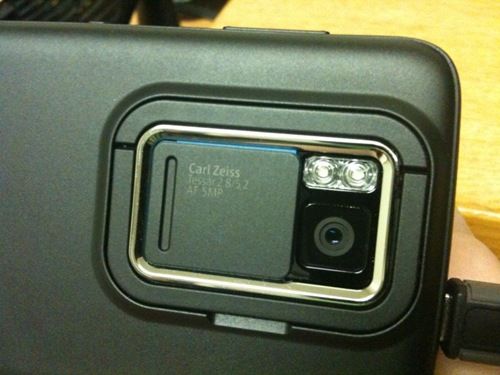
N900 and iPhone 3GS camera comparison shots
Posted on 18 January 2010
 One of the coolest features on the Nokia N900 is the pretty awesome camera. The N900 has an auto-focus 5.0MP camera with a dual-LED flash (with a sliding cover). The optics are by Carl Zeiss which are regarded as being high quality in the world of cameras. I’ve got several shots taken by the iPhone 3GS’s 3.0MP auto-focus camera and put them up against images taken with the N900. You’ll see the iPhone’s photos on the left and the N900 shots on the right. Be sure to click on the images to get the full-sized photos.
One of the coolest features on the Nokia N900 is the pretty awesome camera. The N900 has an auto-focus 5.0MP camera with a dual-LED flash (with a sliding cover). The optics are by Carl Zeiss which are regarded as being high quality in the world of cameras. I’ve got several shots taken by the iPhone 3GS’s 3.0MP auto-focus camera and put them up against images taken with the N900. You’ll see the iPhone’s photos on the left and the N900 shots on the right. Be sure to click on the images to get the full-sized photos.
After looking through these images, it is pretty clear to see that the N900’s 5.0MP camera takes sharper images than the iPhone’s 3.0MP camera, which makes sense of course. Looking very closely though, it would appear as though the N900 also has a better dynamic range than the iPhone. What this means is that the N900 can capture a wider range of dark and light in the same scene than the iPhone can. You may have also heard of this term referred to as contrast ratio. This is apparent in most of these images if you look closely, but it’s particularly visible in the photo of the underside of the tree. Much more detail can be seen in the dark regions of the N900’s shot than can be seen in the iPhone’s. Colors appear to be more accurately represented as well. In the second to last shot of the flowers, the iPhone image seems to have oversaturated colors, whereas the N900 more accurately shows the range of pinks.
The macro mode on the N900 is probably the thing that most impresses me. The N900 has the benefit of having a dedicated hardware camera button which, when pressed down half-way, focuses the camera (with the iPhone you tap on the screen to focus). Turning on the macro-mode on let’s you get up-close and personal to objects and let’s you capture an impressive level of detail and texture.
A full N900 review is in the works, stay tuned!
 |
| |||
 |
| |||
 |
| |||
 |
| |||
 |
| |||
 |
| |||
 |
| |||
 |
| |||
 |
| |||
 |
|


